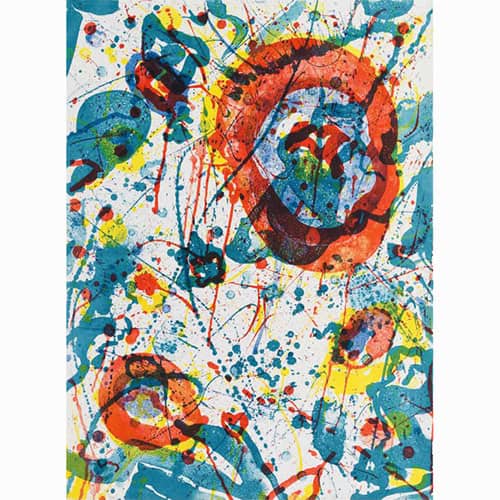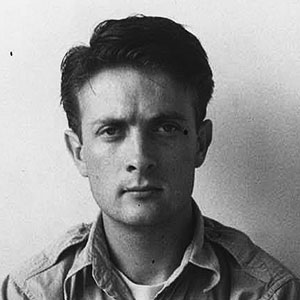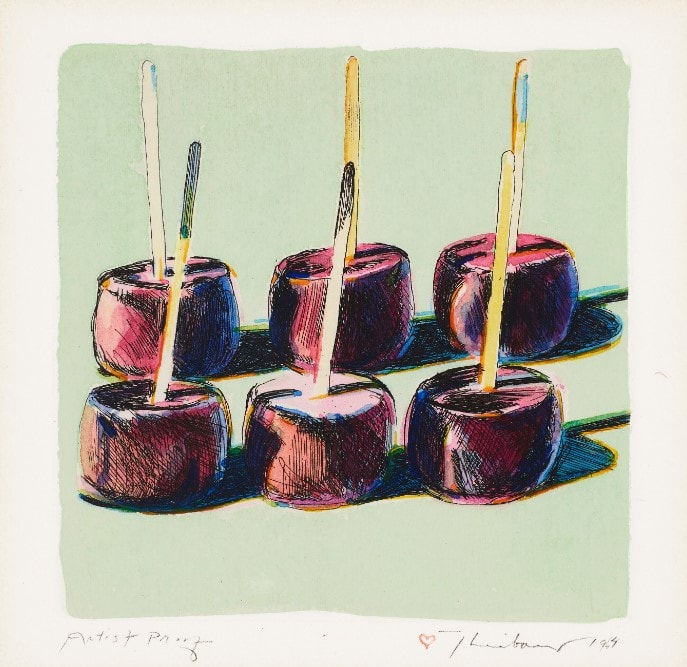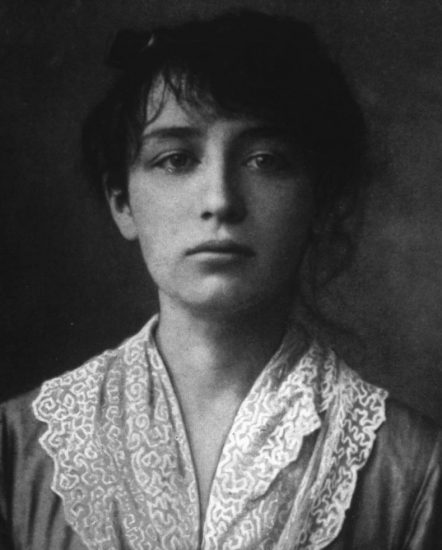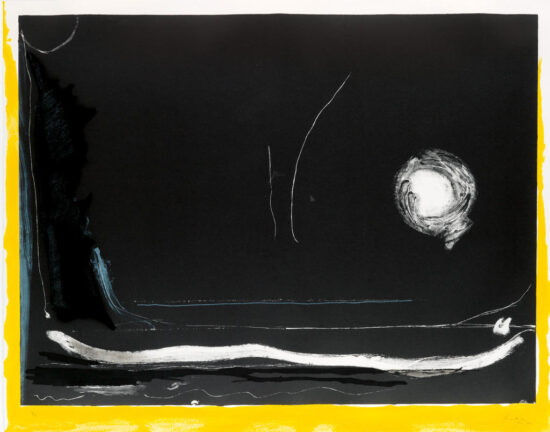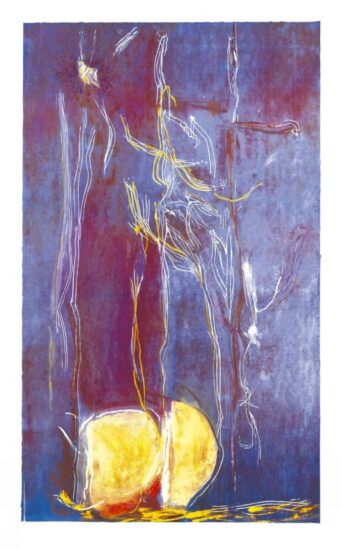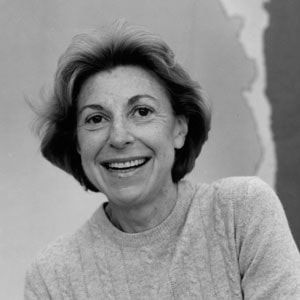
Helen Frankenthaler (1928-2011) was an influential American abstract expressionist painter, known for her contributions to postwar American painting and her innovative techniques in color field painting. Here's a comprehensive artistic biography:
Early Life and Education
Helen Frankenthaler was born on December 12, 1928, in New York City, into a cultured and intellectual family. Her father, Alfred Frankenthaler, was a respected New York State Supreme Court judge, and her mother, Martha, was a German immigrant. Helen showed an early interest in art, encouraged by her family's support and her exposure to the cultural richness of New York City.
Frankenthaler attended the Dalton School, where she studied under the Mexican painter Rufino Tamayo, who introduced her to modernist ideas. She later attended Bennington College in Vermont, where she studied under Paul Feeley and was exposed to a broad liberal arts education that influenced her artistic development.
Early Career
After graduating from Bennington in 1949, Frankenthaler returned to New York City and immersed herself in the vibrant postwar art scene. She was influenced by the abstract expressionists, particularly Jackson Pollock, Willem de Kooning, and Hans Hofmann. She attended Hofmann's painting classes and was introduced to the idea of painting as an arena in which to act.
Breakthrough and the "Soak-Stain" Technique
Frankenthaler's breakthrough came in 1952 with her painting "Mountains and Sea." This work was significant for her use of the "soak-stain" technique, where she poured thinned oil paint onto unprimed canvas, allowing the colors to soak into the fabric. This method created a luminous, watercolor-like effect and marked a departure from the thick, gestural brushstrokes characteristic of abstract expressionism.
"Mountains and Sea" was influential for many artists, notably Morris Louis and Kenneth Noland, who adapted her technique into what would become known as color field painting. This method emphasized flat planes of color and was a precursor to the minimalist and lyrical abstraction movements.
Mid-Career and Mature Style
Throughout the 1960s and 1970s, Frankenthaler's work continued to evolve. She began experimenting with acrylic paint, which allowed for brighter colors and a quicker drying time. Her compositions often featured large, organic shapes and a more fluid sense of space.
Frankenthaler was also known for her printmaking, working with woodcuts, lithographs, and etchings. Her print work demonstrated the same innovative spirit as her paintings, often pushing the boundaries of the medium.
Later Years and Legacy
In the 1980s and 1990s, Frankenthaler's work became more refined, with a greater emphasis on line and structure. She continued to explore new techniques and materials, maintaining a dynamic and evolving practice until her death.
Helen Frankenthaler's contributions to art were recognized with numerous awards and honors. She was elected to the American Academy of Arts and Letters, received the National Medal of Arts in 2001, and her work has been exhibited in major museums and galleries worldwide.
Frankenthaler passed away on December 27, 2011, leaving behind a profound legacy in the world of abstract art. Her innovative techniques and lyrical compositions continue to inspire artists and captivate audiences, securing her place as a pivotal figure in 20th-century American art.
Helen Frankenthaler Woodcuts
Helen Frankenthaler was not only a pioneering abstract expressionist painter but also an innovative printmaker, particularly known for her work in woodcuts. Her woodcuts stand out for their experimental techniques and painterly qualities, reflecting her broader artistic vision.
Frankenthaler brought the same experimental approach to woodcuts as she did to her paintings. She worked closely with master printmakers to push the boundaries of the medium, often combining traditional methods with unconventional techniques. One of her significant contributions was the development of the "soak-stain" technique adapted for woodcut, which involved the use of thin layers of pigment to create depth and translucency.
Frankenthaler's woodcuts are characterized by their painterly quality, with an emphasis on color and texture. She used multiple blocks and intricate layering to achieve the desired effects, often resulting in prints that have a rich, almost watercolor-like appearance. This approach allowed her to maintain the spontaneity and fluidity of her paintings in her prints.
Helen Frankenthaler's woodcuts have had a lasting impact on the field of printmaking. Her willingness to experiment and push the limits of the medium has inspired subsequent generations of artists. Her works are included in the collections of major museums, such as the Museum of Modern Art in New York and the National Gallery of Art in Washington, D.C., underscoring her significant contribution to contemporary art.
Frankenthaler's woodcuts are a testament to her innovative spirit and her ability to transcend the boundaries between different artistic mediums. They reflect her ongoing exploration of color, form, and technique, solidifying her legacy as a groundbreaking artist in both painting and printmaking.

